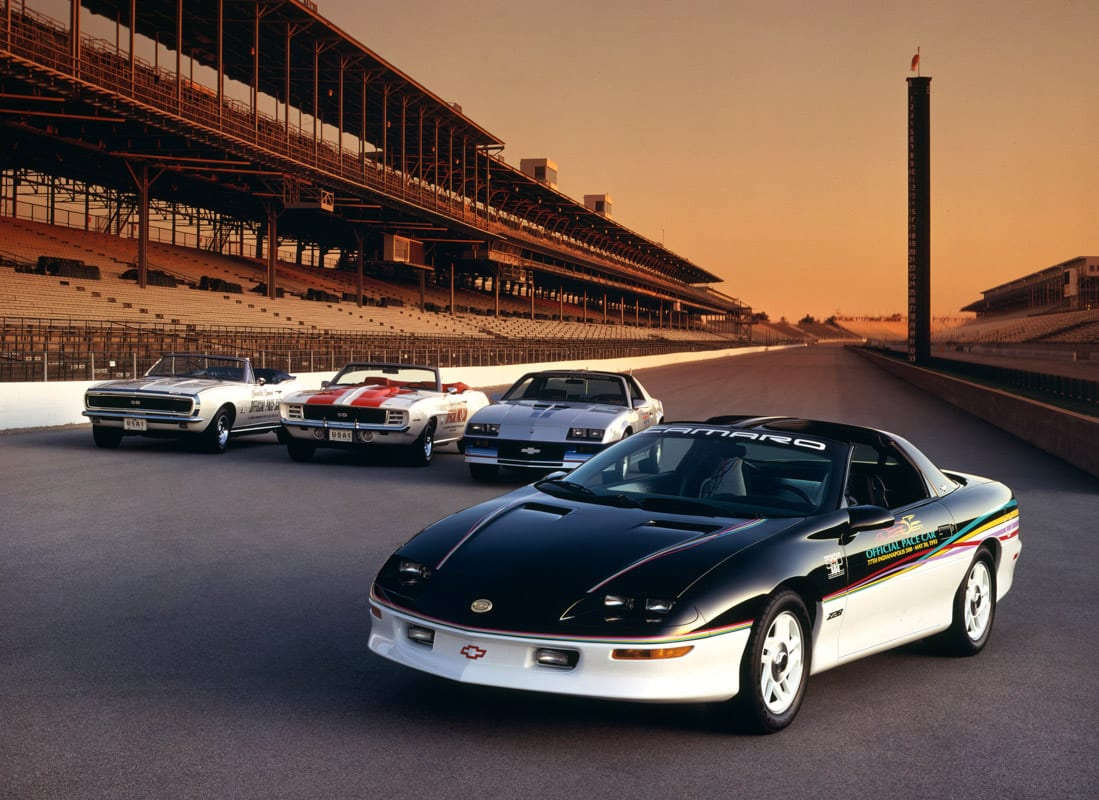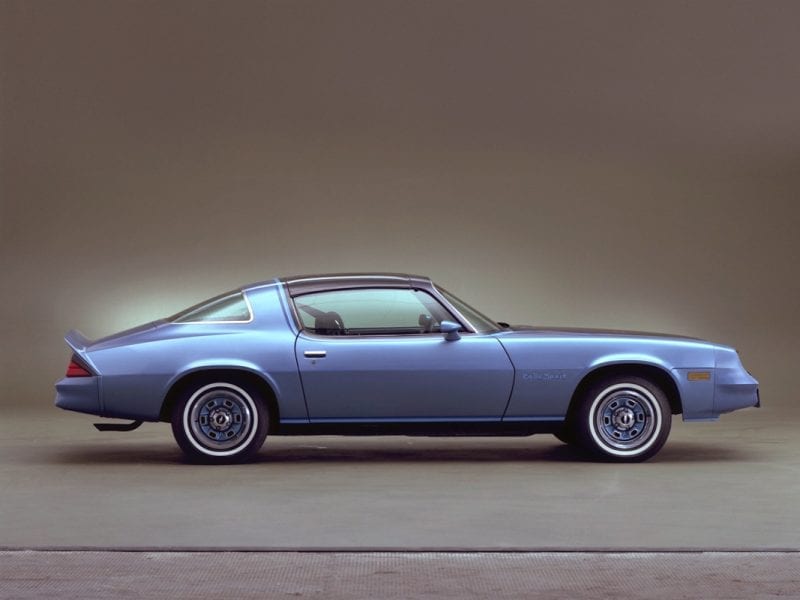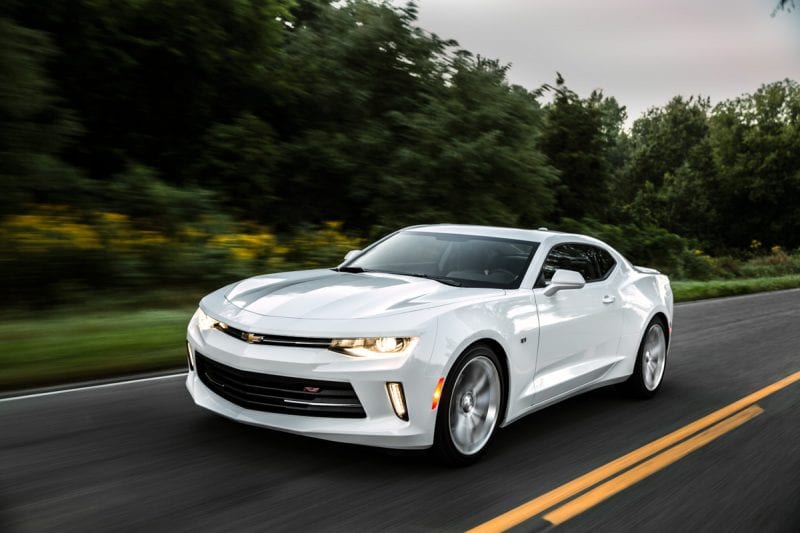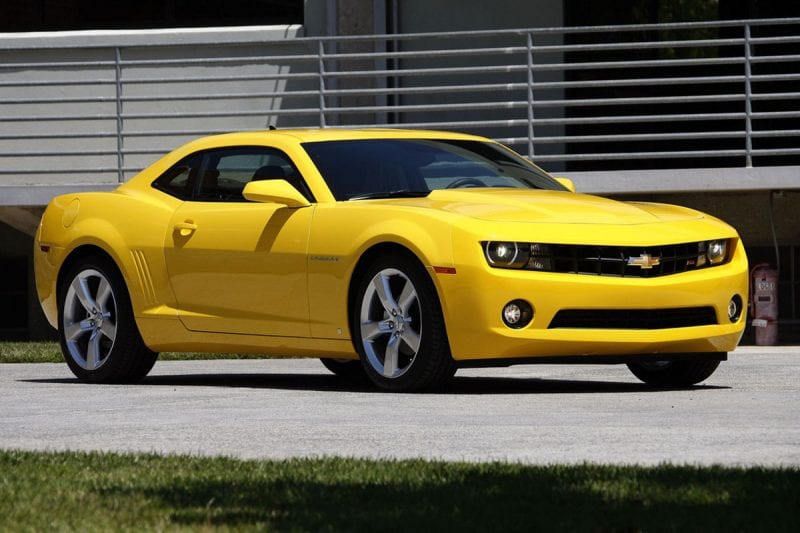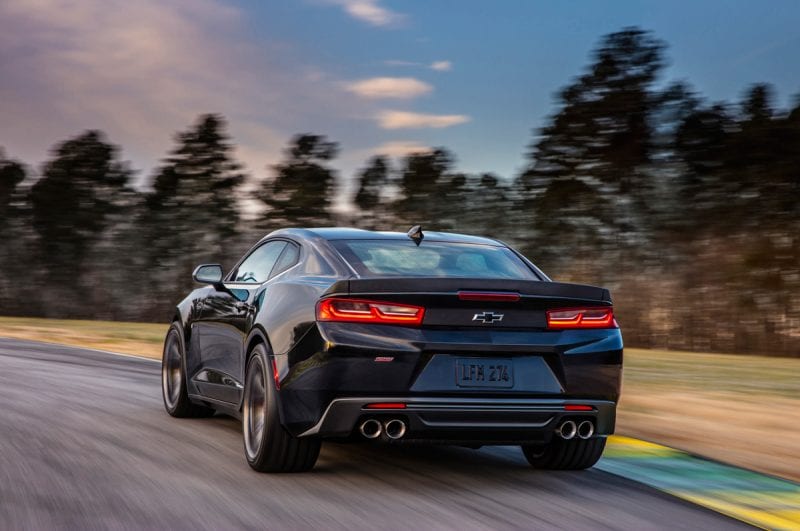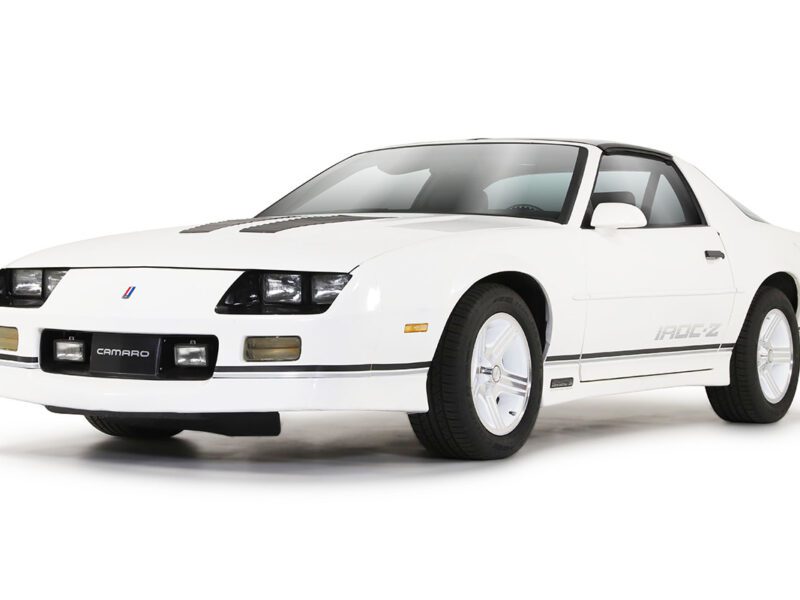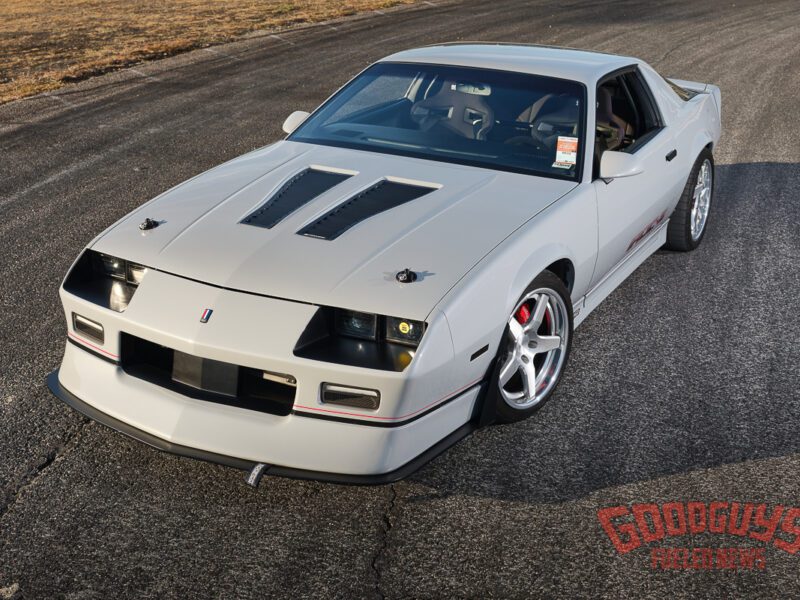Camaro Anniversary – 50 Years of a Muscle Car Icon
The Sixties was quite a decade and 50 years later we’re celebrating the 50th Camaro Anniversary. And 1967 was quite a year. Sergeant Peppers Lonely Hearts Club. Israel-Arab Six-Day War. Half a million troops in Vietnam. Twiggy. Bonnie & Clyde. The Graduate. Detroit race riots. Muhammad Ali stripped of his heavyweight title.

Mixed in with all that cultural tumult was one of the auto industry’s most significant counter punches: The Chevrolet Camaro. Launched at a late 1966 press conference for the 1967 model year, the Camaro was GM’s response to the success of the Ford Mustang. Today, half a century later, the Camaro is still selling strongly, the latest generation showing off technology and style fitting for the 21st Century.

That first-gen Camaro (1967-1969) was the epitome of simplicity: long hood, short rear deck, two-doors, 140hp inline-six base motor, and a sticker of $2,466. Initially, only two models were offered, Sport Coupe and Convertible. Later, higher trim levels, Rally Sport and Super Sport, were also served up, as well as 5.7L and 6.2L V8 engine options in the performance SS version; the later-debuting race-ready Z/28 trim boasted the famed 302-inch small-block.
In addition to snatching plenty of sales from the Mustang, the Camaro proved its mettle on the race track. Roger Penske-prepped Z/28s won road racing titles in Trans-Am and a dozens of quarter-mile racers won all manner of titles at drag strips.
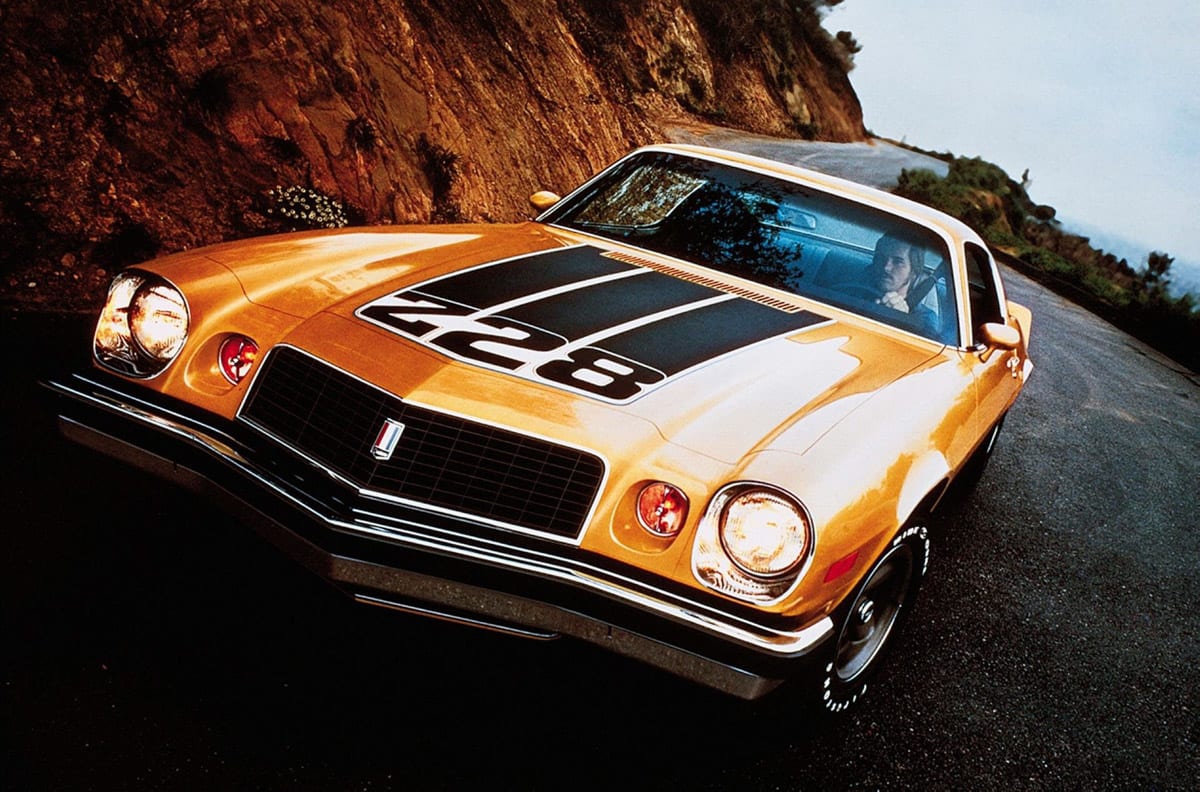
The first generation — the favorite of Camaroites to this day — only lasted three years before the second iteration appeared in 1970 (1970-1981). Chevy went for a complete re-design, lower, longer, wider, a pseudo Euro style that mimicked a Ferrari 250GT. Again, a long hood, revised grille, and front chin spoiler. While pundits may have been divided on the merits of the design, the powerplant offerings were potent, fitting for the height of the muscle car era. Buyers had their choice among eight engines in 1970, including the tire-melting 375hp V8 available with the “SS” package.
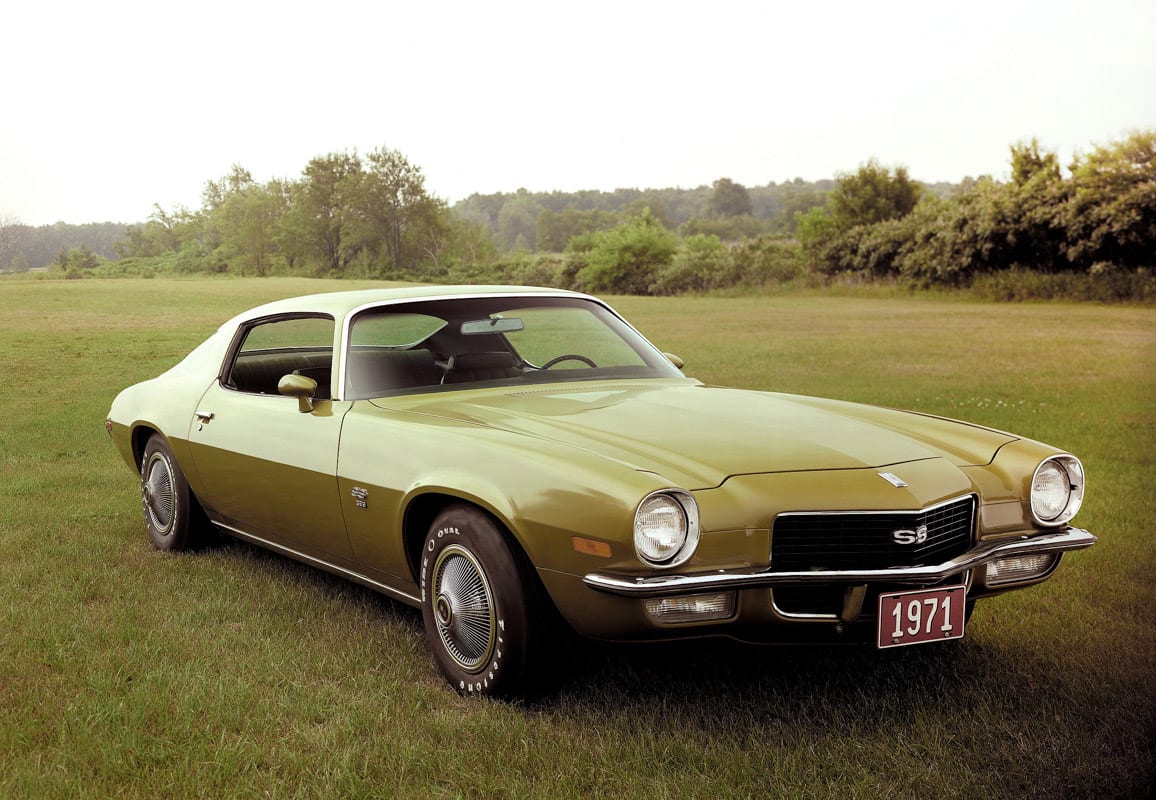
During the 1970s government regulations for safety, emissions, and fuel economy greatly affected the look and performance of the Camaro. Bumpers became bulky, engine performance was choked by emissions and fuel regs. GM kept sales strong by tweaking the exterior with T-tops, a convertible, even wire wheel covers! In 1979, Chevrolet sold more than 280,000 Camaros.
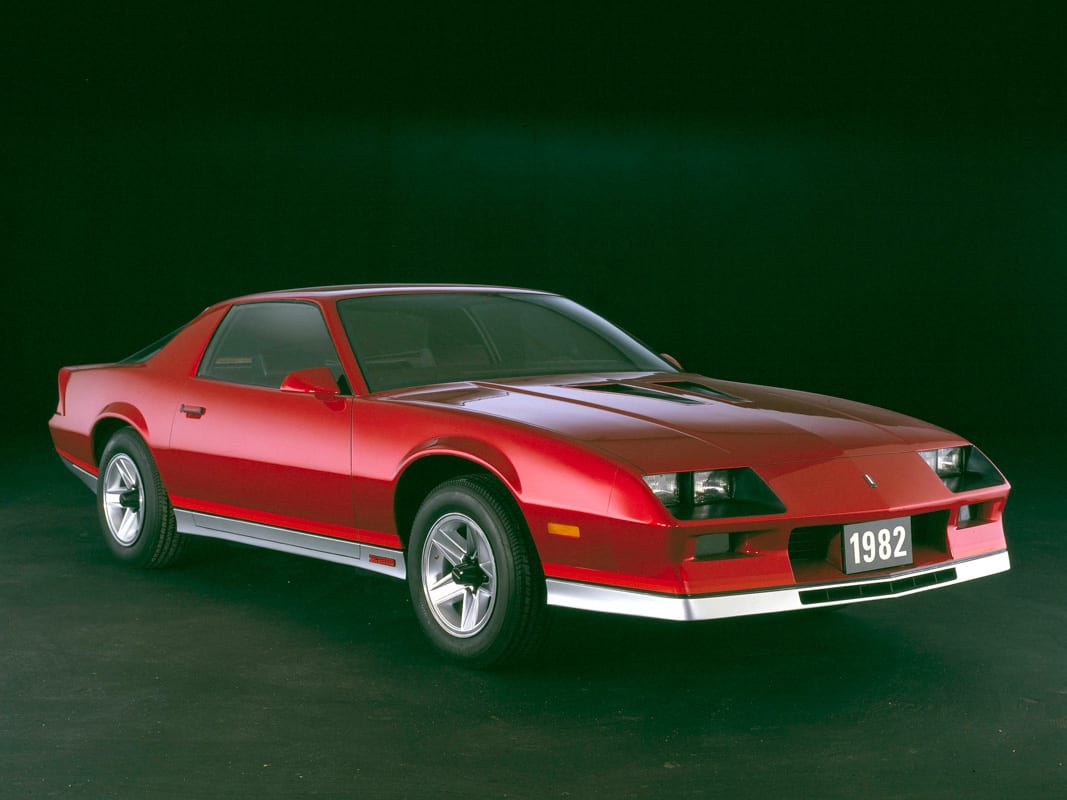
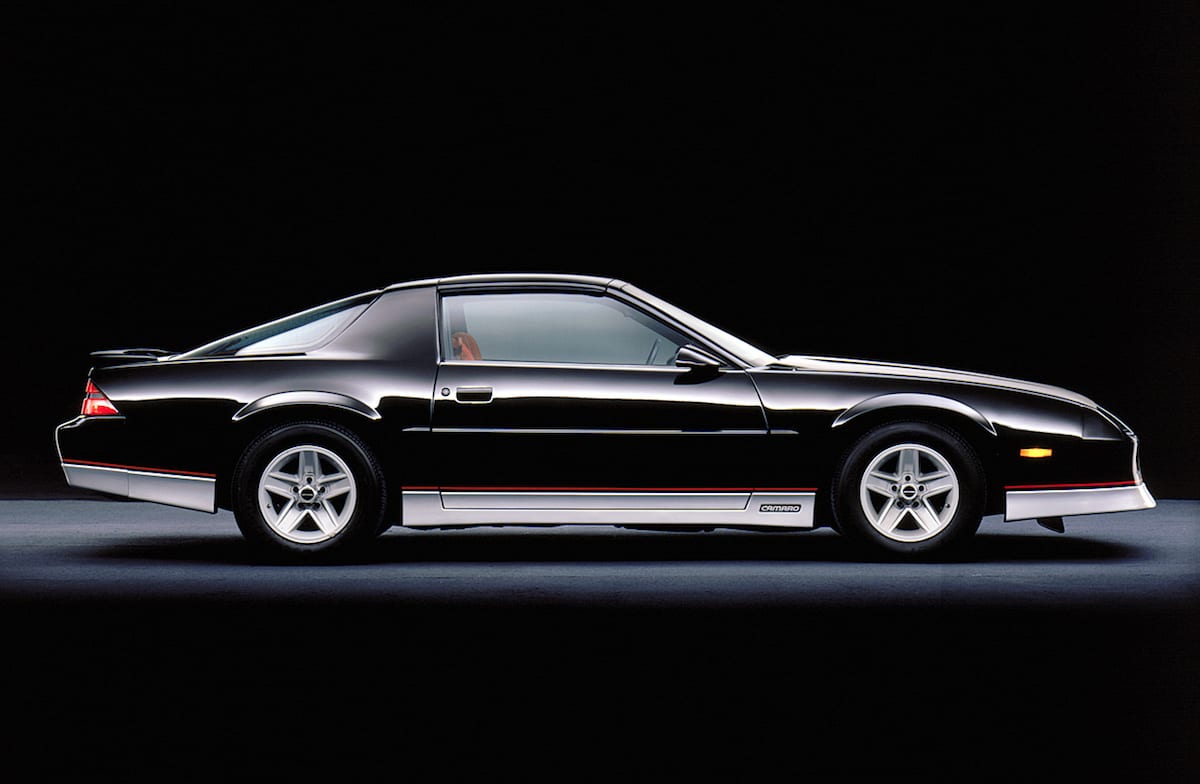
In 1982, the third-generation Camaro (1982-1992) was introduced, again a radical change — more angular styling, integrated bumpers, a lower drag coefficient, but it was unmistakably a Camaro. Three models were offered, Sport Coupe, Berlinetta, and Z28, with the Z28’s 305 V8 enhanced by “cross-fire injection.” In an attempt to market the car to all audiences, there was even a 2.5 liter 90hp 4 cylinder named the “Iron Duke.” Ouch.
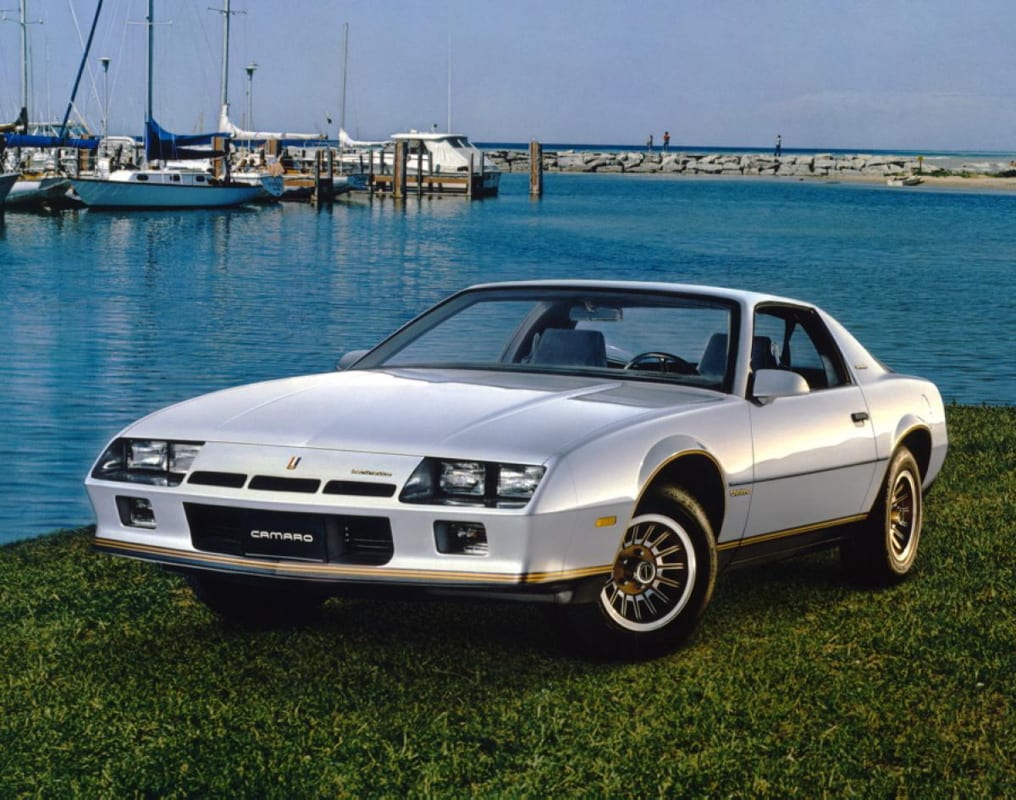
Through its run, the third-gen Camaro was tweaked and improved. The Z28 morphed into the IROC-Z, in honor its use in the International Race of Champions, and boasted an upgraded 350 V8 employing tuned-port fuel injection — 225 horsepower. Not bad, but a far cry from the glory days.
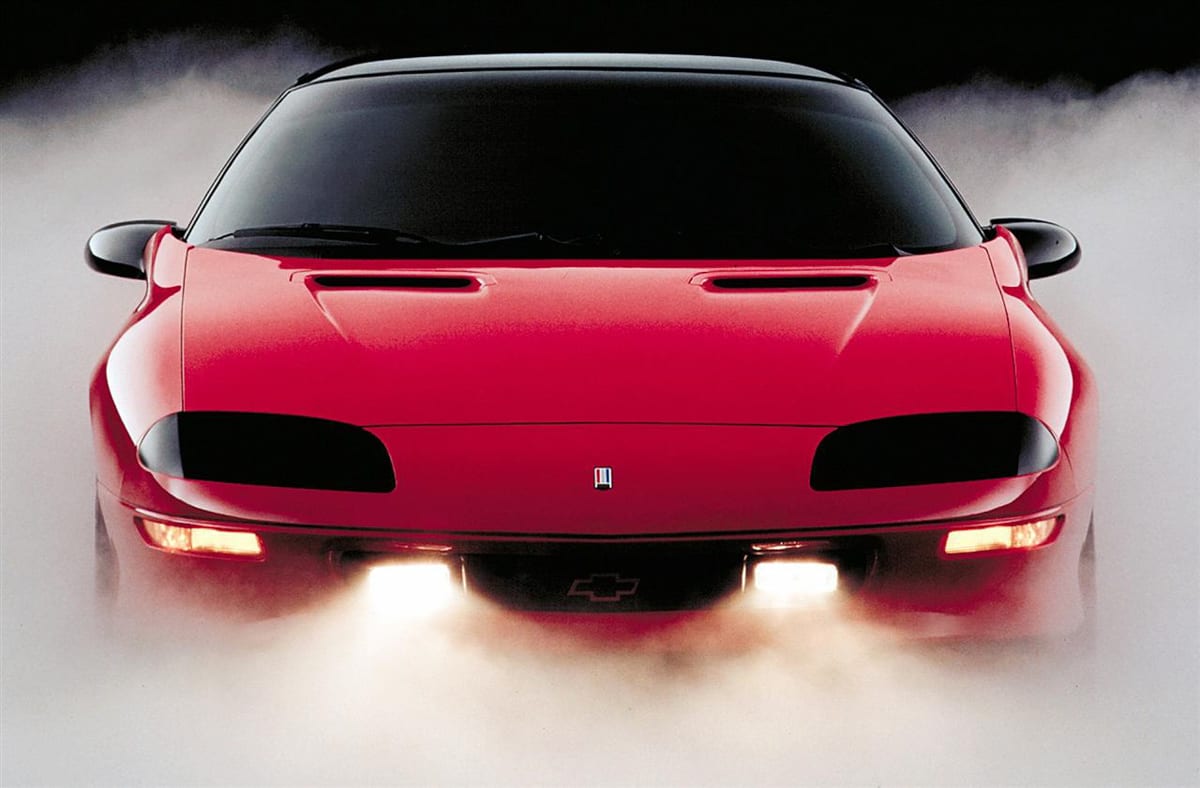

Generation Four hit the streets in 1993, with a sleeker, pointier shape utilizing composite plastic body panels. Underneath, advancement continued: 6-speed manual transmission, new 3.4 V6, and a robust 275hp LT1 V8 for Z28. Yes, computers and fuel-injection breathed new life into the venerable small block.
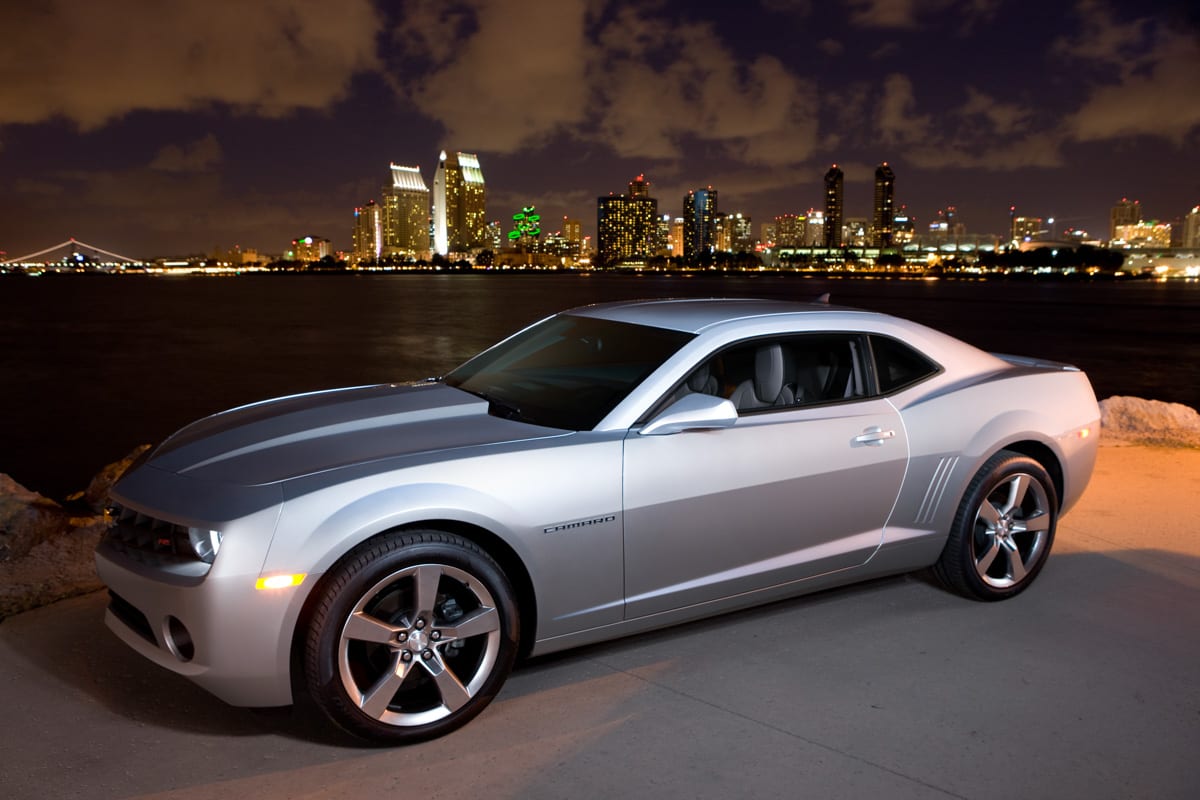

Unfortunately, sales sagged throughout the decade, down to 50,000 by 1997. So, GM pulled the plug, killing the model. But like Lazarus, the Camaro rose from the dead in 2010, with a stunning new muscular design (even if it was inspired by the success of Chrysler’s re-fashioned Dodge Charger) for its fifth generation. This time horsepower amped up to levels not seen since the Sixties muscle car era — a 323hp V6 and a 400hp V8. A 580hp supercharged V8 model became the fastest Camaro ever built. GM refreshed the design again in 2014, with new grille, revised tail lamps, and 21- inch wheels.
And last year, 2017, GM changed things up again. Based on the new GM-designed Alpha platform, the new Camaro, the six generation, shed 200 pounds and offered a wider choice of powerplants — a standard 2.0 turbocharged four, 3.6L V6, 455hp 6.2L V8, and a mind-blowing supercharged 650hp ZL1 version of the 6.2L. Its popularity remains strong.


For 50 years, the Camaro has defined General Motors’ muscle car identity, and while the model has had its up and downs over the years, the current model — with styling cues from the famed first generation — demonstrates that when you combine modern automotive technology with the spirit of an original classic, a model can retain its unique allure.
Long live the Camaro!

